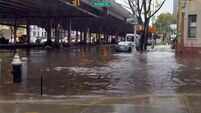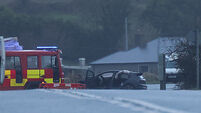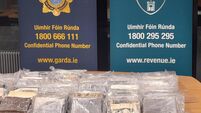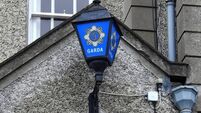Jewish worship in Cork ends as synagogue shuts

The building on South Terrace has been in use since 1905, serving a Jewish community that first settled in the city in the 1880s. The dwindling numbers of recent years have been blamed for the closure, as there had been difficulty maintaining the minimum number of male adults needed for regular services.
“We have no quorum and no members. There’s no money and no future,” said Fred Rosehill, chairman of the trustees of the Cork Hebrew Congregation.
He said he can recall when there were 60 Jewish families in Cork. However, big numbers had left, particularly in the last 10 years, sometimes at a rate of two or three families every few months.
Due to an ability to sustain it, the synagogue building is now to be sold. The community had visitors from Dublin to help them mark the occasion of its closure with two weekend prayer services.
“It’s a very sad weekend,” Mr Rosehill said ahead of yesterday afternoon’s final service.
Church of Ireland Bishop of Cork Paul Colton said he learned about the final religious services with immense sadness, and extended prayerful greetings of solidarity.
He said people in his diocese, having closed a number of churches over the years, know well the emotions associated with the closure of a place of worship.
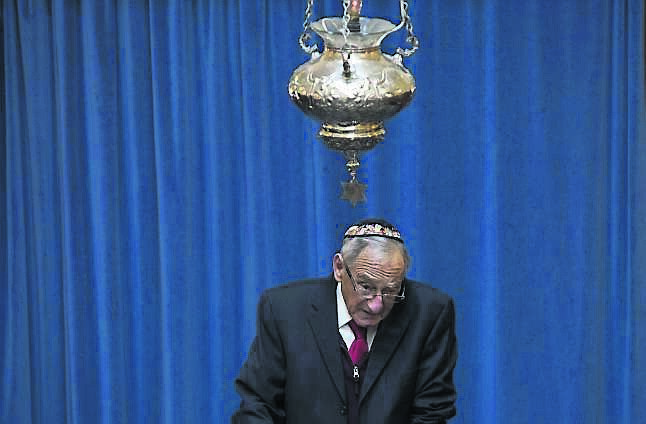
“Especially a place in a locale that has figured prominently in the pilgrimage of faith, as well as in the big occasions on life’s journey. This is all the more the case when it is the last such place of gathering of a religious congregation in a community like Cork,” he said.
“Thousands of Corkonians drive or walk past the Cork synagogue every day. To our shame, perhaps, many have engaged with or known little about this minority community of faith in our midst.”
However he said, people recognise the immense contribution of members of the Hebrew congregation to life in Cork, at least since the 18th century, and particularly since the 1880s.
Though a small community arrived to Cork from Portugal in the 1770s, they disappeared by intermarriage to Protestant families.
The current community originated mostly from former White Russia, fleeing Catholic persecution. However, their settling in the city in the late 19th century may have been more the result of a broken journey to the US than an intentional move.
They settled largely in the Hibernian Buildings area near the south inner city, which became known locally as Jewtown. The community reached its peak in the early 20th century, with as many as 500 in the congregation at one time.





